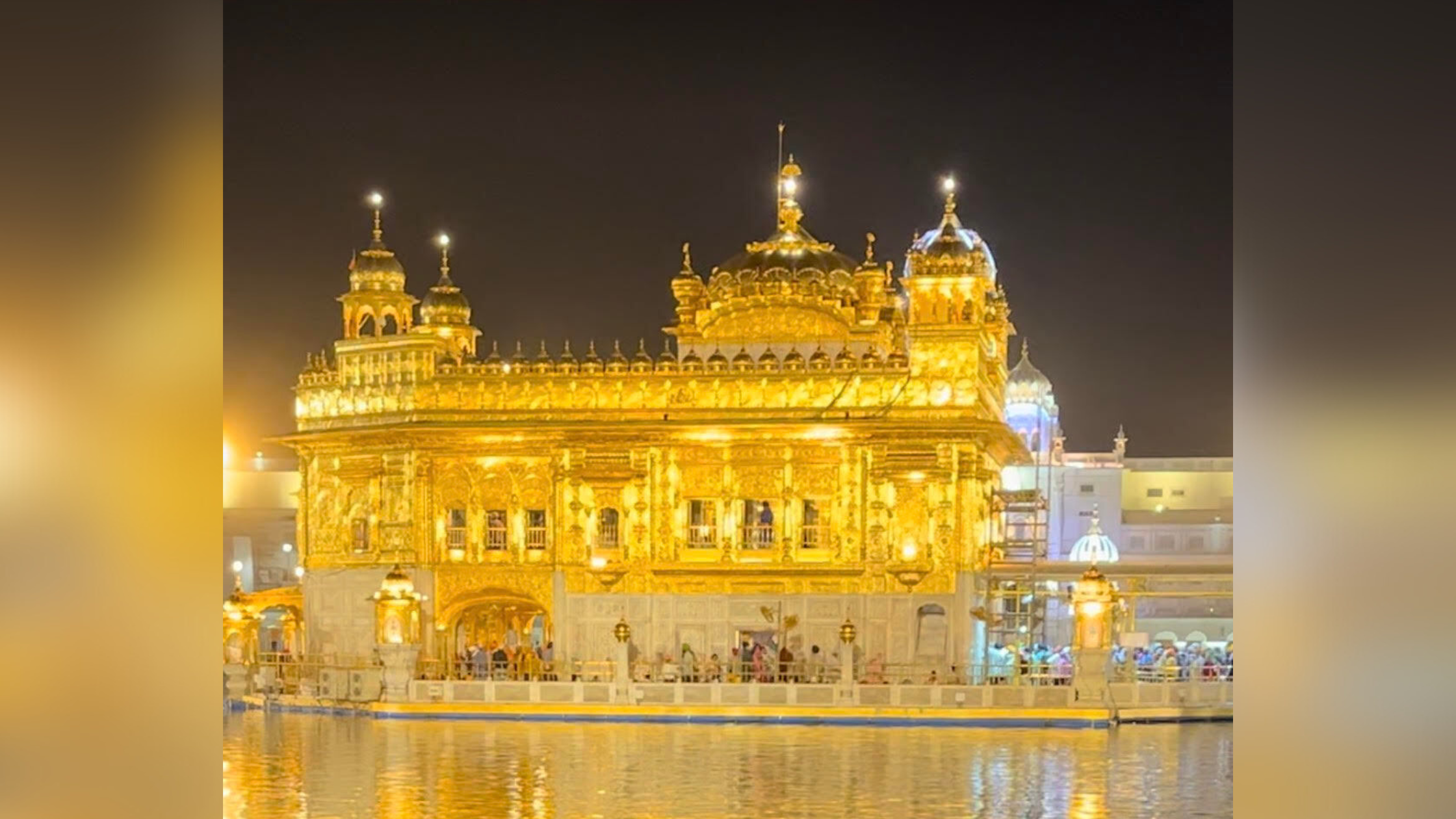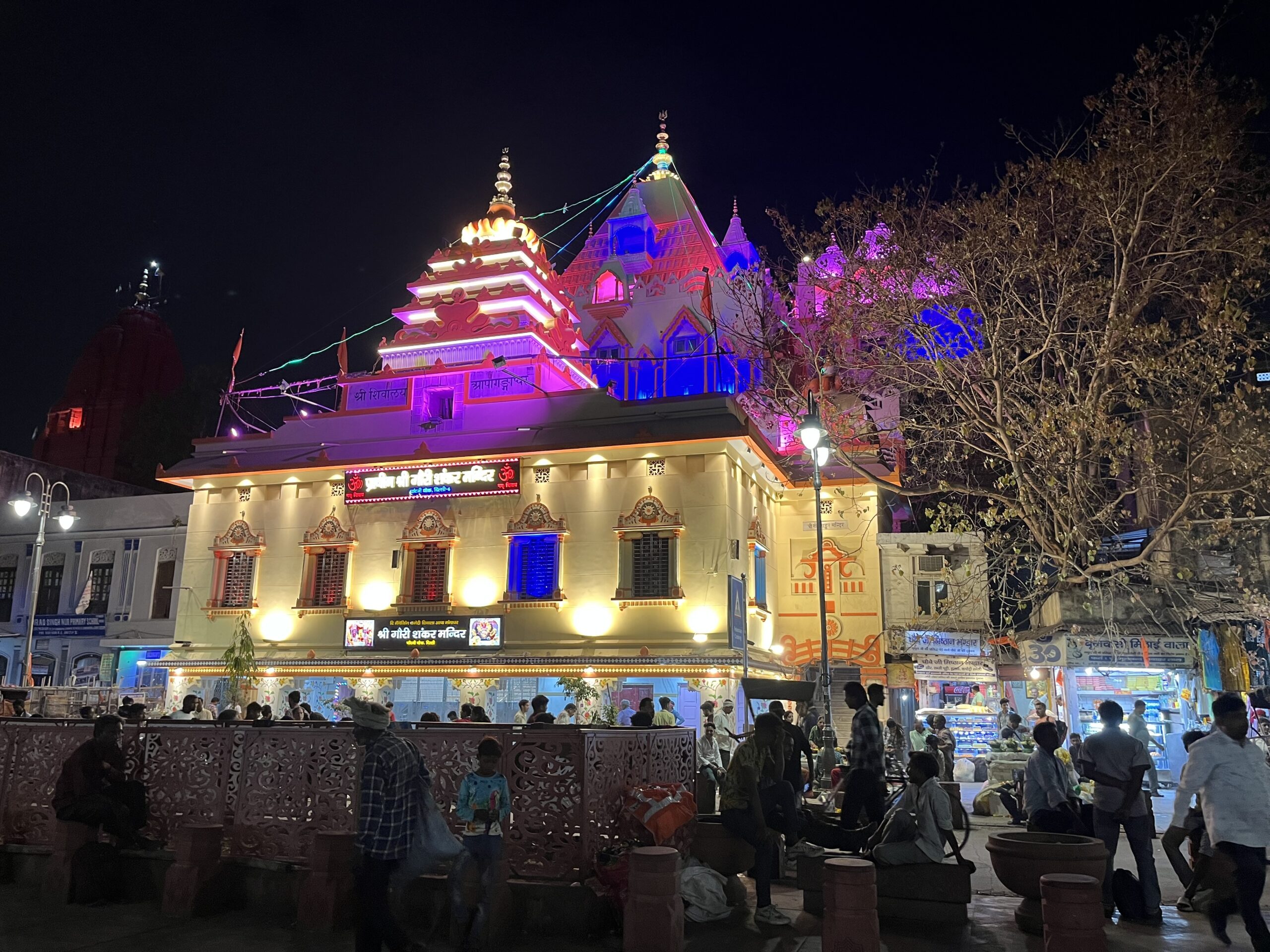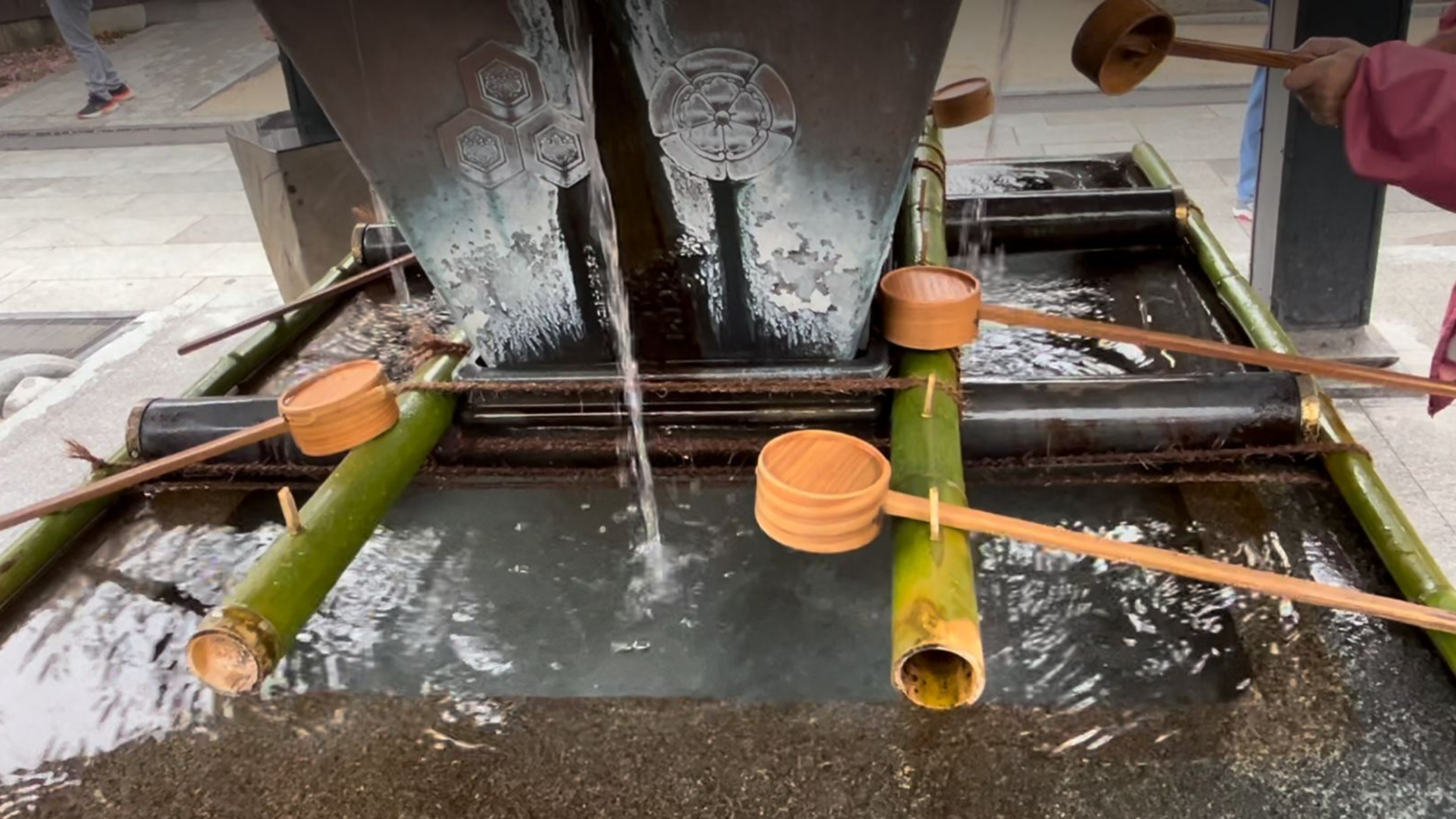Shinto is an unusual religion. There is no founder, no scriptures, no real doctrines and no historical focus on morality. But it has been a powerful cultural force in Japan for millennia. Below, let’s explore the key features of this religion and its influence in the land of the rising sun.
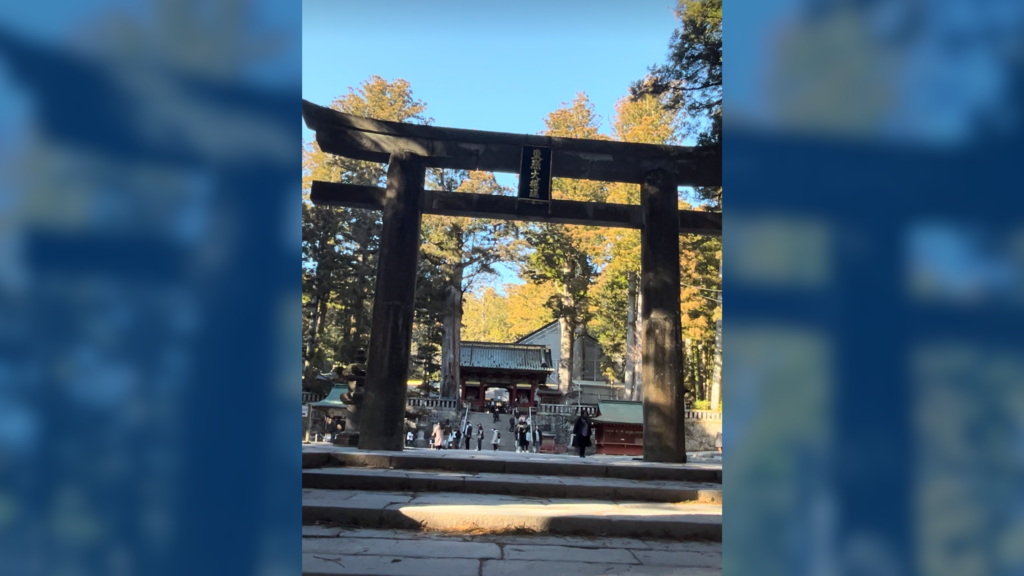
The torii gate marks the entrance to a Shinto shrine or a special element of nature understood to house a kami. The gate is the very symbol for Shintoism. Photo Credit: Brian Carwana
Murky Origins
Writing came late to Japan (really taking off around the 7th C), which means Shinto’s origins are in pre-history. This makes tracking it tricky. Suffice it to say, Shinto emerged as a folk practice in villages across the islands. This meant no systematic theology but rather a set of practices. Shinto emerged as something people do more than a set of propositions or beliefs.
The Kami
The heart of Shinto is worshipping the kami. Kami is often translated as “gods” in English, but it’s a much wider concept. Some kami seem like gods (divine beings) but others are forces of nature, emotions, emperors, prominent people, a leading sumo wrestler, ancestors, aspects of nature (e.g. mountains, rivers, specific trees) and occasionally a man-made object like a special sword that perhaps has a legacy. And the Japanese themselves are understood to be descendants of the kami. Kami are the power and spirit of things, and worshipping them is what Shinto is all about.
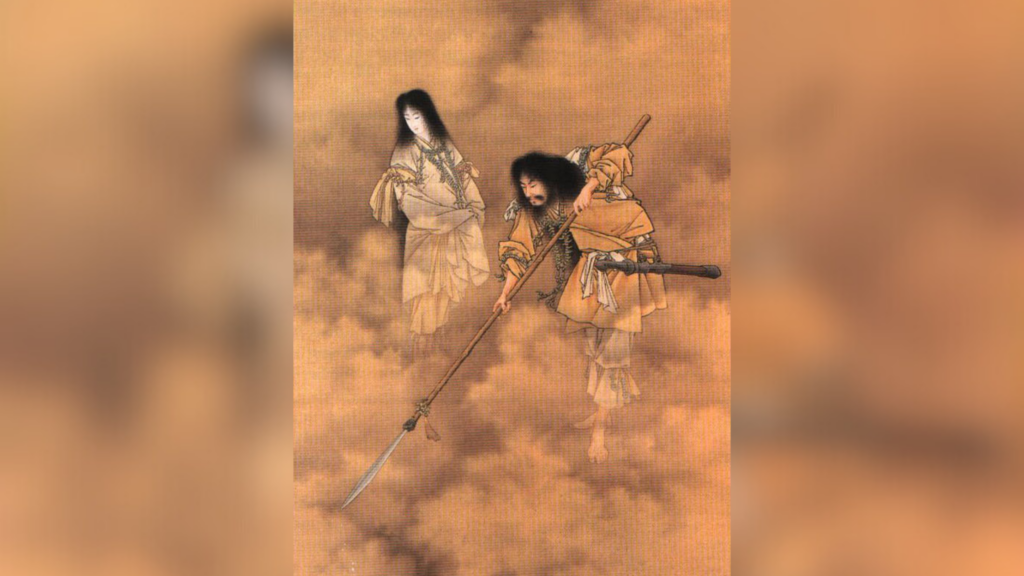
Izanagi and Izanami are primordial kami who created the Japanese islands and the Japanese people. | Photo credit: commons.wikipedia.org
Nature-Based
The kami are not separate from nature but rather part of it. They are invisible but not beyond the natural world. The chief kami is Amaterasu, the goddess of the sun. Shinto shrines were originally built in places of natural beauty or significance. It was understood every piece of land had a kami connected to that place. Shinto shrines to this day often incorporate natural features like streams or awesome trees.
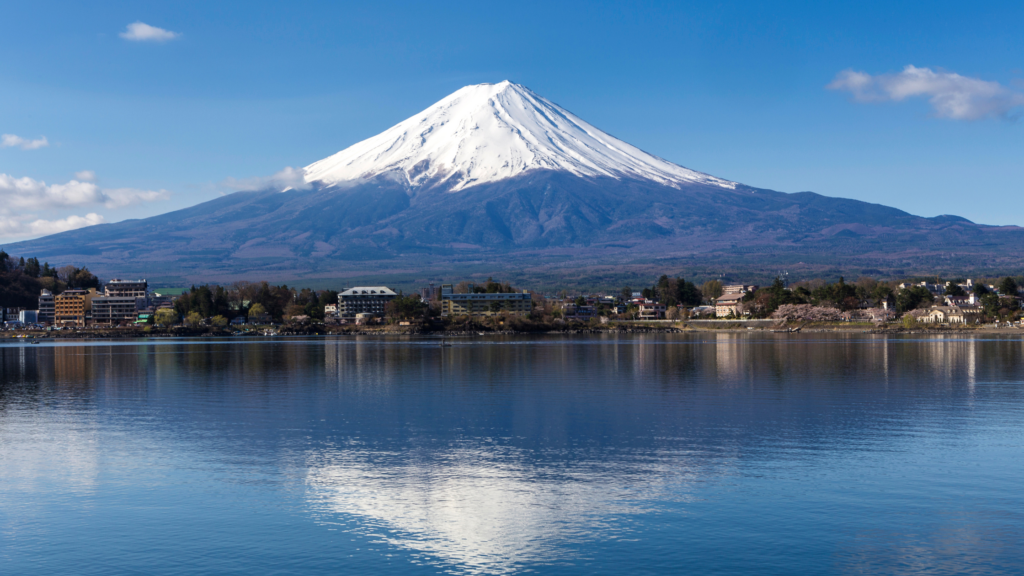
Mount Fuji is understood to house a kami | Photo credit: Canva.com
Purity More than Morals
Scholars suggest classical Shinto had no concept of sin. Rather, the concern was about purity and pollution. In place of repentance or guilt were practices of purification and cleansing. Attention was given to exterior matters such as that rituals were done exactly and with grace and beauty. Culture and religion co-influence one another so this attention to purity and beauty lives on today in a culture that values cleanliness and prizes aesthetics. Over time, morality seeped in with the idea that purity should include a pure heart.
Ceremonies and Rituals
Shinto’s main practice is conducting rituals. People attend temple where they cleanse at stations with running water. They make an offering, and after bowing and clapping (to announce their presence to the kami), they pray, asking the kami to bless them, bring children, heal illness, bring prosperity, and ward off misfortune. Offerings can be donations, including food, sake (rice wine), incense, and more. The priests conduct more elaborate rituals on big occasions, which may include dance and music. More ritual occurs in people’s homes where many have domestic shrines where they may make daily offerings and which may include written tablets with the names of deceased family members and ancestors. Western society is very individualistic, but Shinto reflects and has contributed to Japan’s traditionally more familial and communal culture.
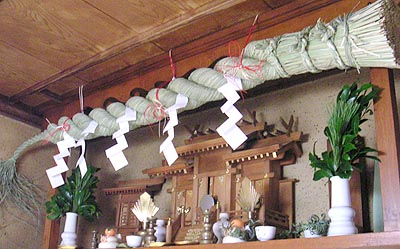
Much Shinto observance occurs in homes where offerings are made to honour the kami, one’s ancestors, and sometimes Buddhist figures. | Photo credit: commons.wikipedia.org
Blend with Buddhism
Buddhism arrived in Japan around the 7th C and has been a rival, an influence, and a complement to Shinto. Some Japanese have understood that the kami were Buddhas or that the Buddhas were kamis. Some Buddhist monks prayed the kamis would learn Buddhism so they, too, could attain nirvana.
The influence is quite pervasive in both directions. I’m in Japan and visited Tokyo’s oldest Buddhist temple this week with a Shinto shrine attached to it. In addition, visitors to the Buddhist sites were using traditional Shinto practices (washing at a Shinto-looking washing station, offering money, bowing, and clapping before praying). The Buddhist temple incorporated a lot of nature too (trees, gardens, even a small waterfall), which is not completely foreign to Buddhism, but the prevalence hints at the Shinto influence. As for Shinto, Buddhism’s arrival caused Shinto to become more organized, to build more impressive and permanent shrines, and to incorporate more ethics. The marriage, so to speak, has been productive for both partners.
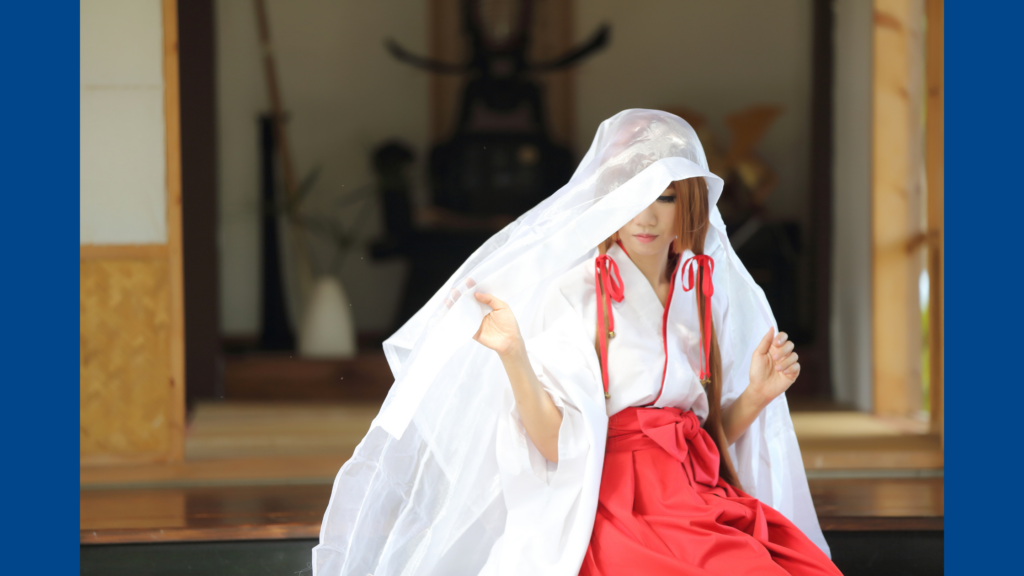
Miko were traditionally female shamans who could enter trance to communicate with the kami. Some of these remain but most miko now are shrine assistants, identifiable with their red and white garments. | Photo credit: Canva.com
Japan’s youth are less religious than their elders. But millions of Japanese still attend the temples, especially on important holidays. Most Japanese on surveys say they are not religious – following Shinto practices does not seem to many to be “religious” but simply what Japanese people do. Interestingly, the world knows of the kami because of the Japanese, but for many Japanese, it is they who are the product of the kami.

